11 "Smart" Carbs to Help You Lose Weight and Burn Fat Fast
Despite what you might believe, carbs are not the enemy when it comes to weight loss. In fact, eating the right ones can actually help you burn fat fast. Joanna Soh is a certified Personal Trainer (ACE), Nutrition Coach, and Women's Fitness Specialist (NASM) who has been in the fitness industry for over ten years. In one of her viral videos, she introduces the concept of "smart" carbs and reveals 11 you should add to your diet ASAP.
Not All Carbs Are Created Equal
She starts by saying that it's likely that you or a friend has said, "I'm trying to lose weight. I'm cutting out carbs." However, this isn't the case. "We have been brainwashed to believe that carbs will make you fat and that you should stay away from it. Well, that's absolute rubbish because not all carbs are created equal," she explains.
High Quality Versus Low Quality Carbs
"If your diet is filled mainly with low-quality carbs, which have almost no nutrients, then yes, you will overeat and gain weight. However, high-quality carbs are packed with nutrients and are slow to digest. Adding these carbs into your diet can help speed up metabolism, burn fat and help you lose weight," she says.
What Are Smart Carbs
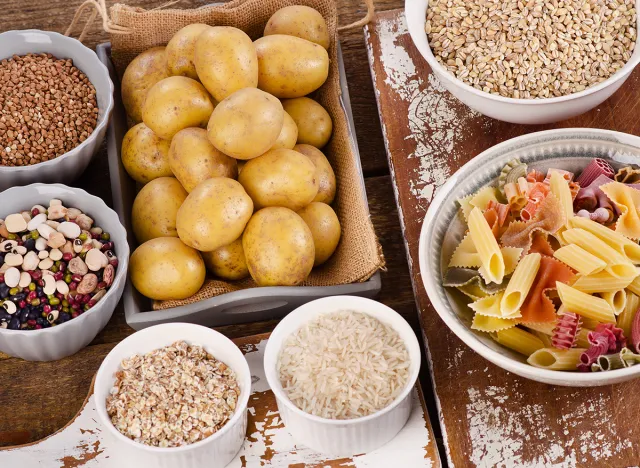
She calls them smart carbs. "They are extremely nutrient-dense. They are high in fiber. They will help to improve your digestion. They will help to stabilize blood sugar. They will sustain your energy level. They will help you to feel fuller for much longer. They will improve your physical performance, and they will not be highly refined," she says.
1. Sweet Potato
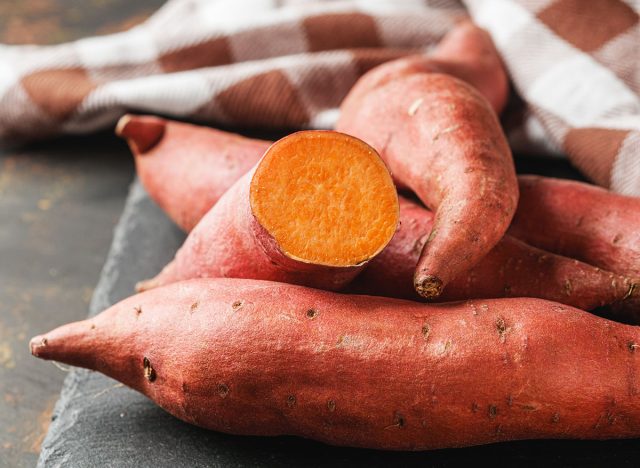
The first smart carb is sweet potato. "Despite the name sweet potato doesn't actually belong to the potato family in comparison to normal potato. Sweet potatoes are less starchy and contain less calories. Sweet potatoes are superior when it comes to their vitamin A content. A cup of cooked sweet potato contains 3000 times the amount of vitamin A," she says. "As a potato, it is also naturally sweet, which means you can add them into your diet without any additional sweetness," she continues. "I love having sweet potatoes as my pre or post-workout snack to give me the energy boost and to satisfy my muscles. But that doesn't mean you should completely avoid irregular potatoes because they are still packed with nutrients and fiber. Consume them in moderation, and they can be part of your healthy diet."
2. Bananas
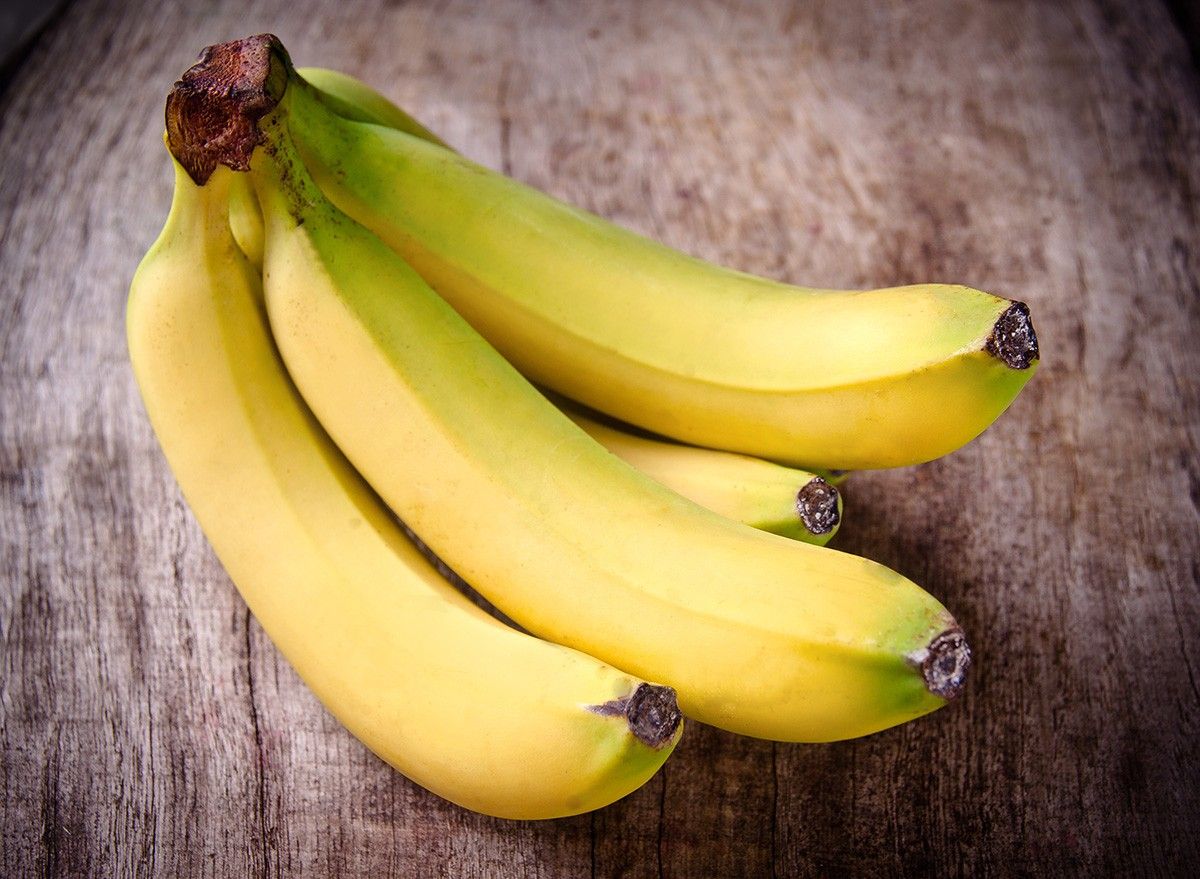
"Bananas are very rich in potassium, a natural diuretic, which will reduce water retention and bloating, giving you a flatter belly. Bananas are also rich in glucose, a highly digestible sugar that provides quick energy. Hence, it is always the number one snack choice for endurance-based activity such as running a marathon," she says. "Just consuming two bananas prior to your workout can help you to sustain up to 90 minutes of steady-pace cardio. The low GI and high fiber also mean carbs are slowly released into your body, avoiding sugar crashes and spurring the muscle recovery process. So add bananas to improve your workout performance and improve digestive health."
3. Squash
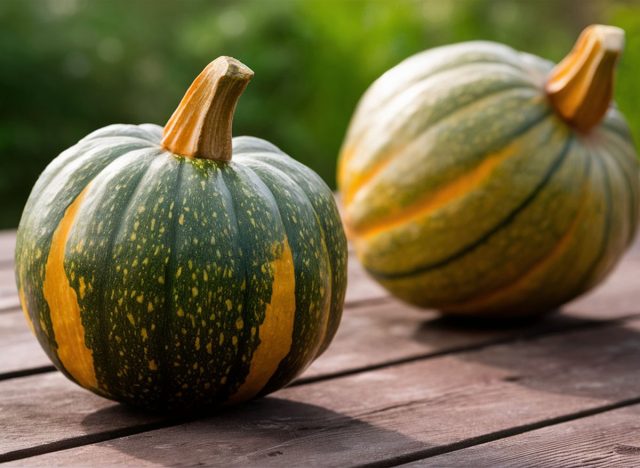
Number three is squash, "whether it's butternut squash, pumpkin, or acorn squash," he says. "100 grams of baked squash has only 37 calories and is loaded with vitamins A, C, and calcium. Eating food rich in vitamin C can help enhance your workout performance and reduce fatigue. This also means that your body will become more efficient in burning fat. And, of course, calcium is extremely important for bone health. Squash is also high in antioxidants, which will help you to maintain your youthful appearance. They're delicious, roasted, added onto salad, or blended to make creamy soups or stew. They are perfect all year round, and because they are so low in calories but packed with nutrients, it is hard to overeat, and you should add them into your diet," she says.
4. Oats
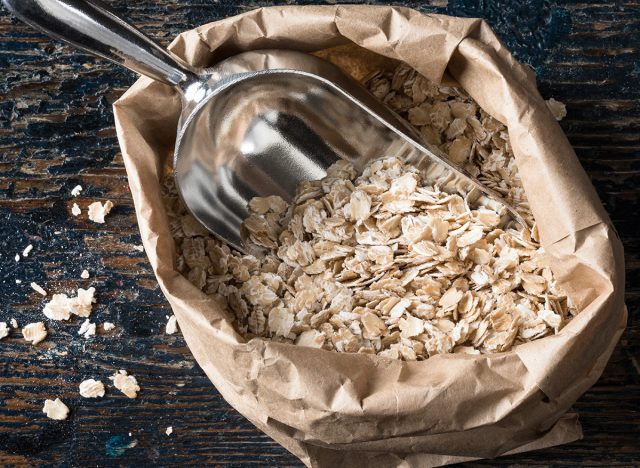
"Start your morning with oats," she recommends. "It is low in GI and high in fiber. A bowl of oats for breakfast can last you to lunch without feeling packaged. The majority of the fiber in oats is soluble fiber. Just think of it like a sponge. It absorbs water expense in the stomach, hence keeping you fuller for longer. Eating low GI carbs causes a steady rise in your blood sugar, which will be used for immediate energy rather than being stored as body fat. Choose pure rolled oats and add your own toppings, such as nuts and seeds, fruits, or cinnamon powder. Avoid instant oatmeal, which tends to have flavoring and also sweetness."
5. Beetroot
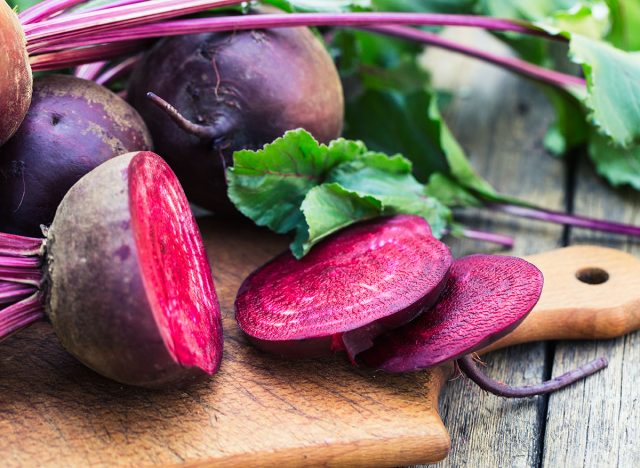
"Beetroot is a non-starchy high-carb vegetable. A half-cup portion of sliced beets has 8.5 grams of total cups, which consists of 1.7 grams of dietary fiber and 6.8 grams of sugar," she says. "The ideal weight loss food. Simply add it into baked goods, make juices, or top it onto salad to enhance the flavor of your dishes."
6. Quinoa
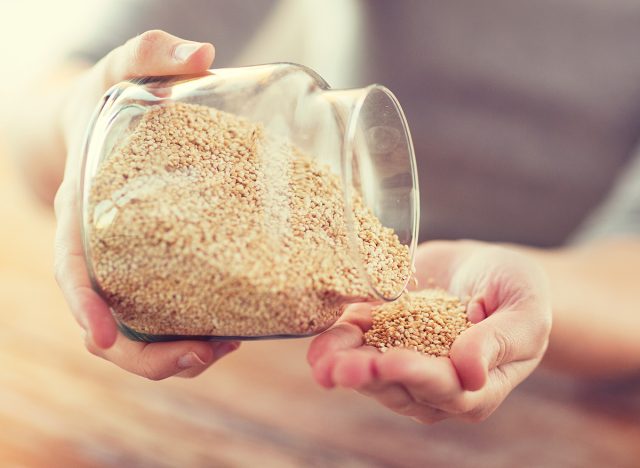
Quinoa is the next smart carb. "It is incredibly popular because it contains all nine essential amino acids, which our body needs to build and maintain lean muscles. The more lean muscles you have, the more calories you burn, which means quicker weight loss. Every cup of cooked quinoa contains eight grams of protein and five grams of fiber with no saturated fats. It is also gluten-free," she says.
7. Buckwheat
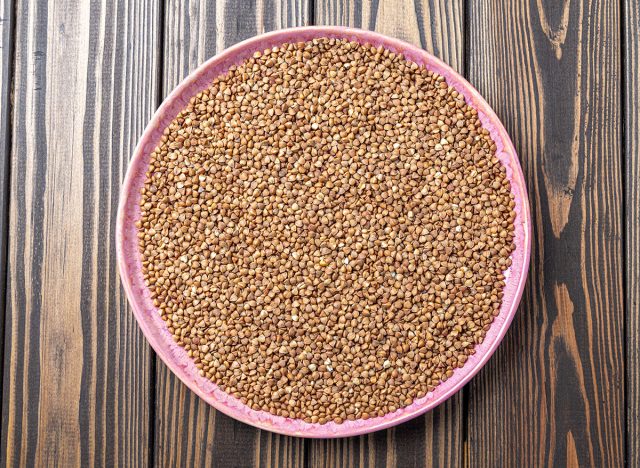
"Just like quinoa, buckwheat is gluten-free, and it's a complete source of protein despite its name," she says. However, it "is not related to wheat, and it is not a green," she notes. "The edible portion is a seed from a plant related to greens like rhubarb. Instead of consuming pasta, try replacing it with buckwheat noodles, also known as soba noodles. Traditional pasta is made from refined flour, which tends to be higher in calories, cups, and sugar. On the other hand, soba noodles have less calories and are higher in fiber and protein. Each cup of cooked soba noodles contains about 113 calories, whereas spaghetti contains 220 calories, and the whole wheat version contains 174 calories. Just by applying this simple swap, you will reduce your calorie intake, and you will lose weight."
8. Barley
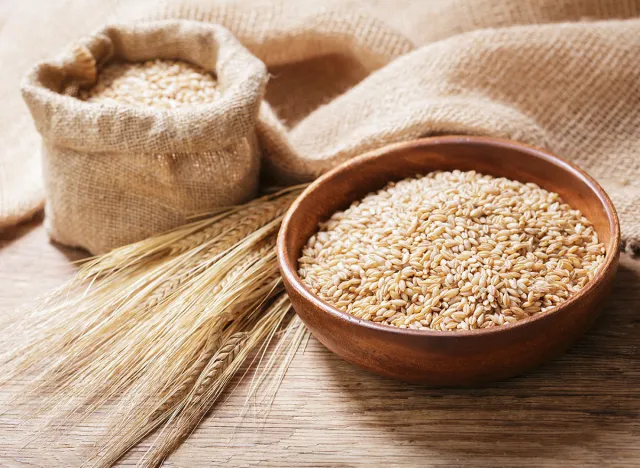
Next barley. "This underrated green is one of the world's oldest superfoods containing all the essential nutrients. It is also a killer appetite suppressant that can help to reduce your cravings. Because of its anti-inflammation properties, eating barley will not make you feel bloated; instead you will feel lighter and satisfied. You can replace rice with barley. You can make stir fry, barley, rice risotto, barley soups, or stew or toss it onto salads. Half a cup of cooked barley contains 97 calories, 22 grams of carbs, and three grams of fiber. Pearled. Barley is the most common barley, but barley growths contain even more nutrients. You will be getting 20 to 25% of your daily fiber needs in one serving," she says.
9. Black Beans
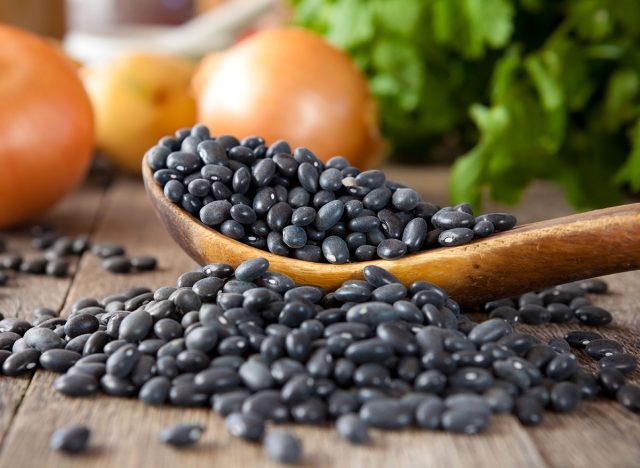
Number nine is black beans. "Beans are a great source of protein packed with fiber. Half a cup of boiled black beans has 120 calories, 22.5 grams of carbs, 7.5 grams of protein, and eight grams of fiber. They're also rich in folate, a B vitamin that feels like muscle growth, and copper, which strengthens the tendons. They are rich in soluble fiber, which aids in reducing visceral fats, the fats that accumulate around the belly area, which can also lead to diabetes, heart disease, and other illnesses. So bean eaters have a 23% lower risk of expanding waistlines and a 22% lower risk of being obese. Beans are also a really cheap source of protein, making them an excellent choice for plant-based eaters or meat eaters. Buy the low sodium version or rinse your beans to reduce the sodium content before eating them," she says.
10. Amaranth
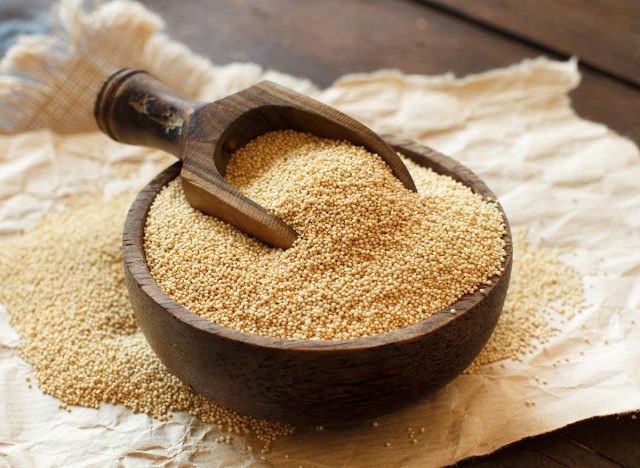
Amaranth is a super green that "has a lot of similarities to quinoa," she says. "It is high in fiber, high in protein, and it's gluten-free. One cup of amaranth has 252 calories, 46 grams of carbs, five grams of dietary fiber, and nine grams of protein, compared to white rice at 45 grams of carbs, only 1.2 grams of dietary fiber, and 4.2 grams of protein. So it is a much better option compared to rice," she adds.
11. Popcorn
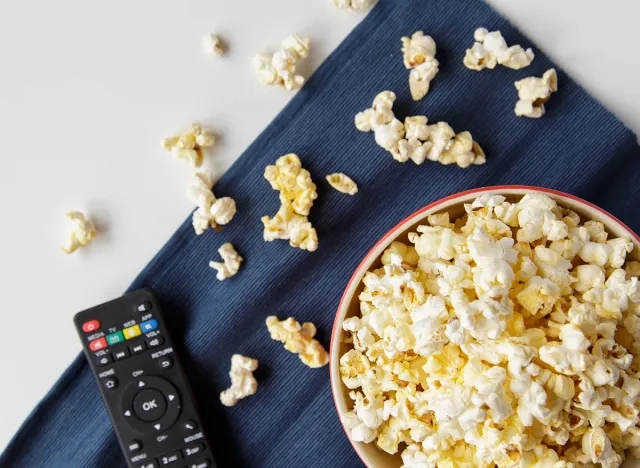
The last on her list is popcorn. "Popcorn is a whole grain, which means it's a great sauce of dietary fiber. It is gluten-free, sugar-free, and fat-free air popped. Popcorn is a great low-calorie snack to include in your diet. One cup of plain air-popped popcorn only has 31 calories. It has a lower calorie per unit volume compared to other snacks, which makes it an ideal choice for weight loss. You will feel more satisfied when snacking on popcorn than when snacking on pretzels, potato chips, and nachos, which tend to be higher in saturated fats, sugar, and sweetness. But just be aware of flavored popcorn as they will pack additional sodium, sugar, and fat, which can ruin your diet," she says.
Consume Smart Carbs in Moderation
"Even if you are on a low-carb diet, your body needs carbs to be at its best state and to speed up weight loss. If you're constantly feeling hungry, you don't feel satisfied even after a big meal, or perhaps you're feeling cranky and low in energy, and you don't feel like your workout is improving, those are signs that your body is lacking in carbs," she says. "Consume smart carbs in moderation, and you will start to see the difference in your physical appearance, the way you feel, and you will achieve your results quicker." And if you enjoyed this article, don't miss I Hit 60 and These 15 Anti-Aging Foods Keep Me Fit and Feeling 20 Years Younger.





